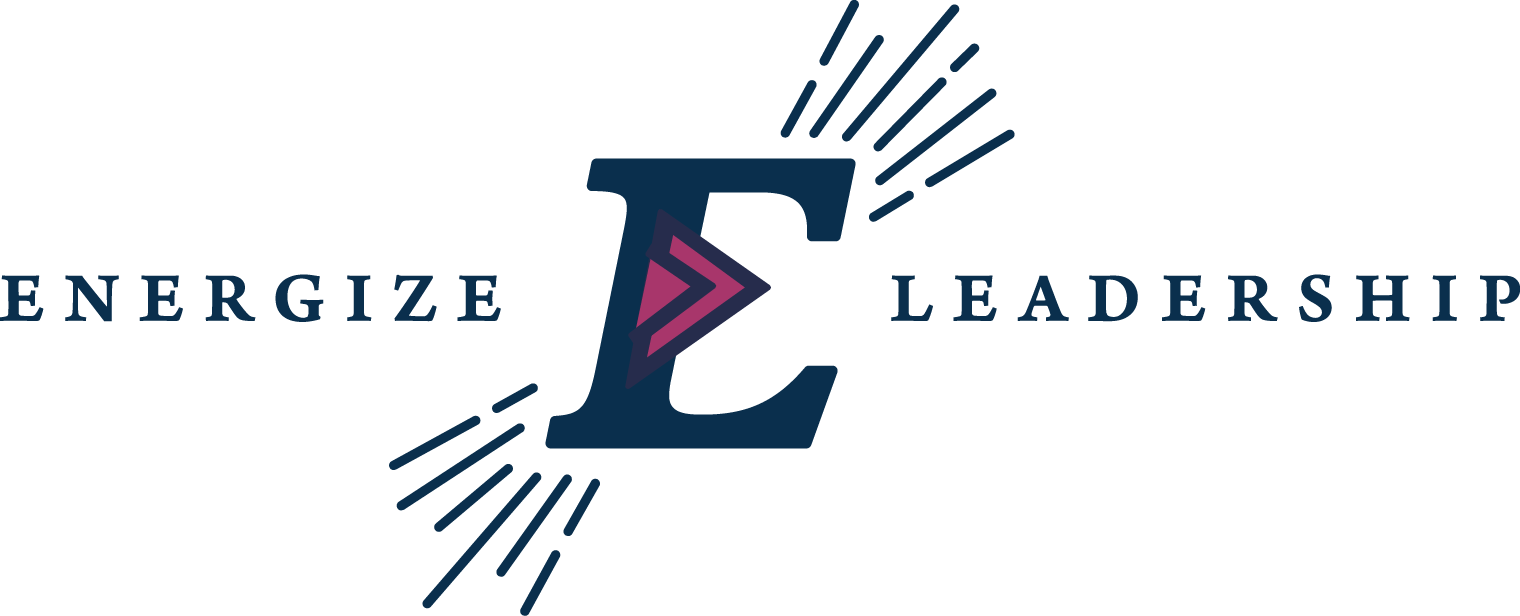The bottom line on bad behavior in the workplace
Has bad behavior made its way into your work environment?
We see it in school. We see it online. We see it on TV. We see it in the news. We see it as we drive our cars and we see it as we shop in a store. We also see it in our workplaces. Unfortunately, even working remotely doesn’t remove bullying or bad behavior.
Usually, we get a call for help from a leader experiencing tension on his/her team because of someone’s questionable behavior. It doesn’t matter if the questionable behavior is coming from a leader or a non- leader, it’s causing a complete distraction.
I’ll get to the point quickly here. Bullying and negative behavior has no place in the work environment. It has a negative impact on people’s lives and it hurts the bottom line.
If you are a leader, and you’ve had reports or complaints about someone’s behavior, you need to tune in and put a stop to it directly and immediately. To do anything less says you don’t care about your people and you don’t care about the business.
Re-read that last sentence.
You immediately lose the respect of anyone who’s experiencing the situation. You immediately lose the productivity of anyone who’s having a negative experience. You’ll also lose your best talent because anyone who can find work elsewhere will do so.
 Which means, the behavior will continue, get worse, and likely be replicated by others leading, eventually, to a workplace where no one wants to be.
Which means, the behavior will continue, get worse, and likely be replicated by others leading, eventually, to a workplace where no one wants to be.
Leaders have a responsibility to create a work environment where everyone thrives and the business is profitable. This means doing hard things, having hard conversations, and taking tough actions.
You can set yourself up for success by doing these three things with your team:
- Establish clarity on values: What are our commitments to how our work is done, what guides us on how we show up, how we interact, and how we perform? How should the team behave and work together? What do we want people to experience and how do we want people to feel.
- Clarify expectations: What behavior is expected? What specifically is okay and what is not okay? Where do we go for help? Who can we depend on for support?
- Agree on consequences: Make agreements on what happens when someone is not in alignment with our agreements? What actions can we take? How much opportunity do we provide for improvement? How do we help someone move on gracefully when it’s just not working out?
As a general rule, these are three critical items for any successful team to have in place. They are revisited on a quarterly basis (minimally) and refreshed with each new team member.
They can also be leveraged for specific situations (i.e. merging with another organization, working in a virtual or hybrid environment, planning for a challenging election season). Your welcome.
Getting Through the Tough Stuff
In working through sticky dynamics between team members, it can be tremendously helpful to have a framework for understanding individual differences. We highly recommend each team to go through a DISC Assessment which provides great insight on the approach, needs, and perspectives of each individual and equips them with the ability to better understand themselves and each other. It’s a baseline for having meaningful conversations on how to better work together. We regularly conduct team sessions with DISC insights and also have an easy self-paced virtual option as well.
This Framework for Feedback has been extremely helpful for having challenging conversations (adapted from the SBI – Situation-Behavior-Impact model from The Center for Creative Leadership).

We also recommend leaning on your HR team for support or bringing in an expert or coach to guide you. These are often tricky situations that can become more challenging as they go.
Moving Past Trauma
When individuals or a whole team have experienced damaging behaviors by someone they work with, there is a period of recovery that needs to occur before they can move on productively.
- Process the situation and understand it’s full impact and collateral damage
- Practice empathy and provide ongoing support to rebuild any psychological harm or undo any negative impacts
- Make changes that help improve the experience of the individual or team, help them to be more productive, and identify goals to celebrate progress/success
We’re in the business of helping leaders be successful and the hardest part of your job as a leader is navigating the challenging dynamics of the humans you work with!
We regularly provide support for these difficult situations and believe it or not, you’ll save both time and money by working with someone who has successfully navigated these scenarios before! Whether you have a challenging team member making a mess of your team or you’re the unlucky recipient of toxic behavior, let us know how we can help.
For more information contact info@energizeleadership.com




